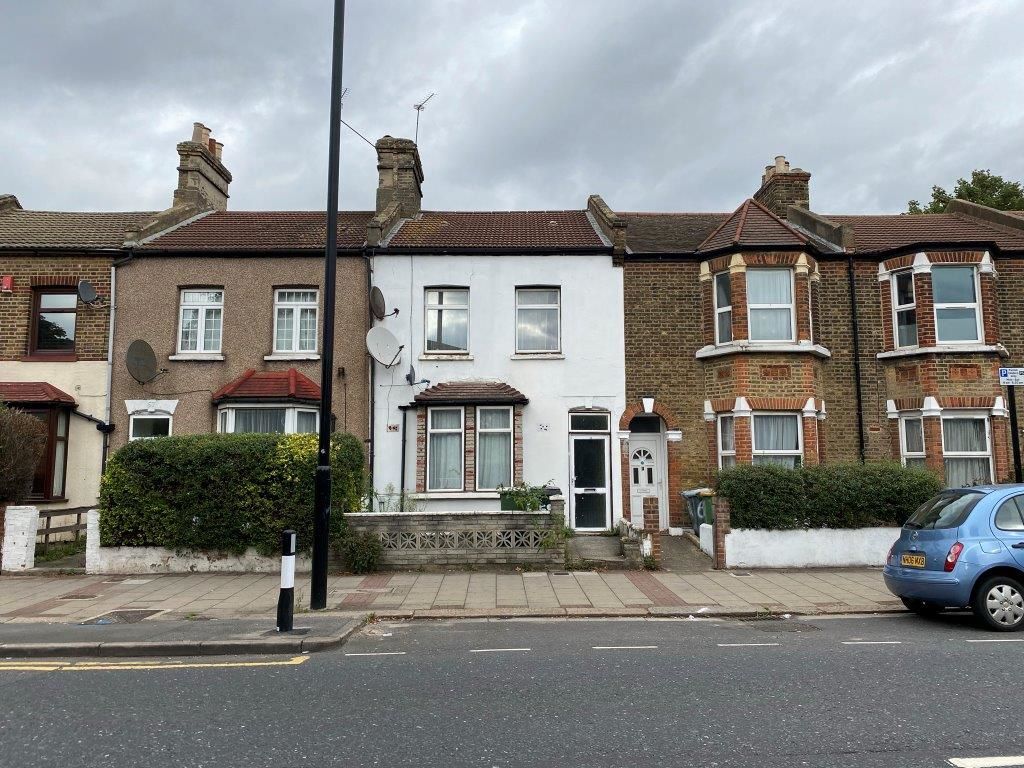Home collateral loan vs. mortgage re-finance: Advantages and disadvantages
In some ways, HELOCs become more instance credit cards than house collateral money. Since you score a personal line of credit you can borrow against, repay, and use once more. And you also shell out focus simply in your a great balance.
Family security funds is fees loans, for example a mortgage or car finance. You use a lump sum and you can pay it off for the equal installments across the loan’s fixed title, usually during the a fixed rate of interest. Thus they might be foreseeable and simple in order to plan for.
- Via your mark period (have a tendency to 10 years but often four otherwise fifteen) you only pay only desire, usually during the an adjustable interest rate, in your most recent harmony
- After that comes the newest repayment period, that tend to continue for 1 / 2 of the brand new draw months. During that time, you can’t obtain more but have in order to zero your debt before that period comes to an end, while keeping up appeal payments
HELOCs is going to be just the thing for some body whose profits vary a lot, instance contractors, freelancers, and people in the regular efforts. But they’re dangerous if you are crappy money executives. For those who commonly max out your credit cards, you age having a great HELOC.
Interest levels

Rates of interest with the household equity funds are sometime higher than those for the money-away refinances. There can be a scientific reason behind one to. Particularly, HELs is actually next liens. And that form they might be riskier to possess lenders because they had rating paid 2nd in case there is a property foreclosure.
However, the difference during the rates are usually small. While the amount borrowed for the a home collateral financing is less than a home loan refinance- thus you are paying rates of interest on the a smaller share.
No matter what and therefore financing variety of you decide on, you really need to shop around for the best interest rate in your loanpare individualized speed prices from at the very least 3 lenders discover an educated package.
Settlement costs
Settlement costs for cash-out refinancing and home guarantee financing are about the same in percentage terminology: will 2-5% of the financing well worth. But, of course, the loan matter try faster having a good HEL. So the overall initial fees tend to be straight down.
Mortgage terms and conditions

Both financing products can last for up to 30 years. But domestic collateral funds scarcely perform. More commonly, he’s regards to five, ten, fifteen, otherwise two decades. If you’d like a mortgage refinance, on the other hand, your brand new mortgage will usually history 3 decades.
Terms of ten-twenty five years are also available for the money-away refinancing. But not, shorter-name loans enjoys greater monthly payments given that you’re repaying the brand new exact same amount borrowed from inside the a smaller several months payday loan Thornton. And that’s a package-breaker for most borrowers, specifically those exactly who curently have a leading obligations-to-money proportion (DTI) otherwise low month-to-month cashflow.
Including, if you’ve currently repaid your current 29-12 months loan to have ten years, therefore re-finance to a new 29-year one to, you’re going to be spending money on your house more 40 years in the place of 30. Even worse, you are paying interest for the a giant share getting 40 years in place of 29. Which is expensive, also from the a reduced rate of interest.
So getting good ten- otherwise 15-year house security financing will bring a huge advantage. You continue to pay down your home more 3 decades. And you’re highly going to pay quicker demand for total all over both fund, inspite of the difference in costs.
Amount of collateral you could cash out
How much cash you might withdraw from your own home would depend on the latest financing equilibrium as well as the worth of your residence.
When you get an earnings-out re-finance, your normally have to go away at the least 20% of residence’s value unaltered. That implies your new financing can only be up to 80 % of your residence’s really worth (labeled as an 80% loan-to-value proportion).



